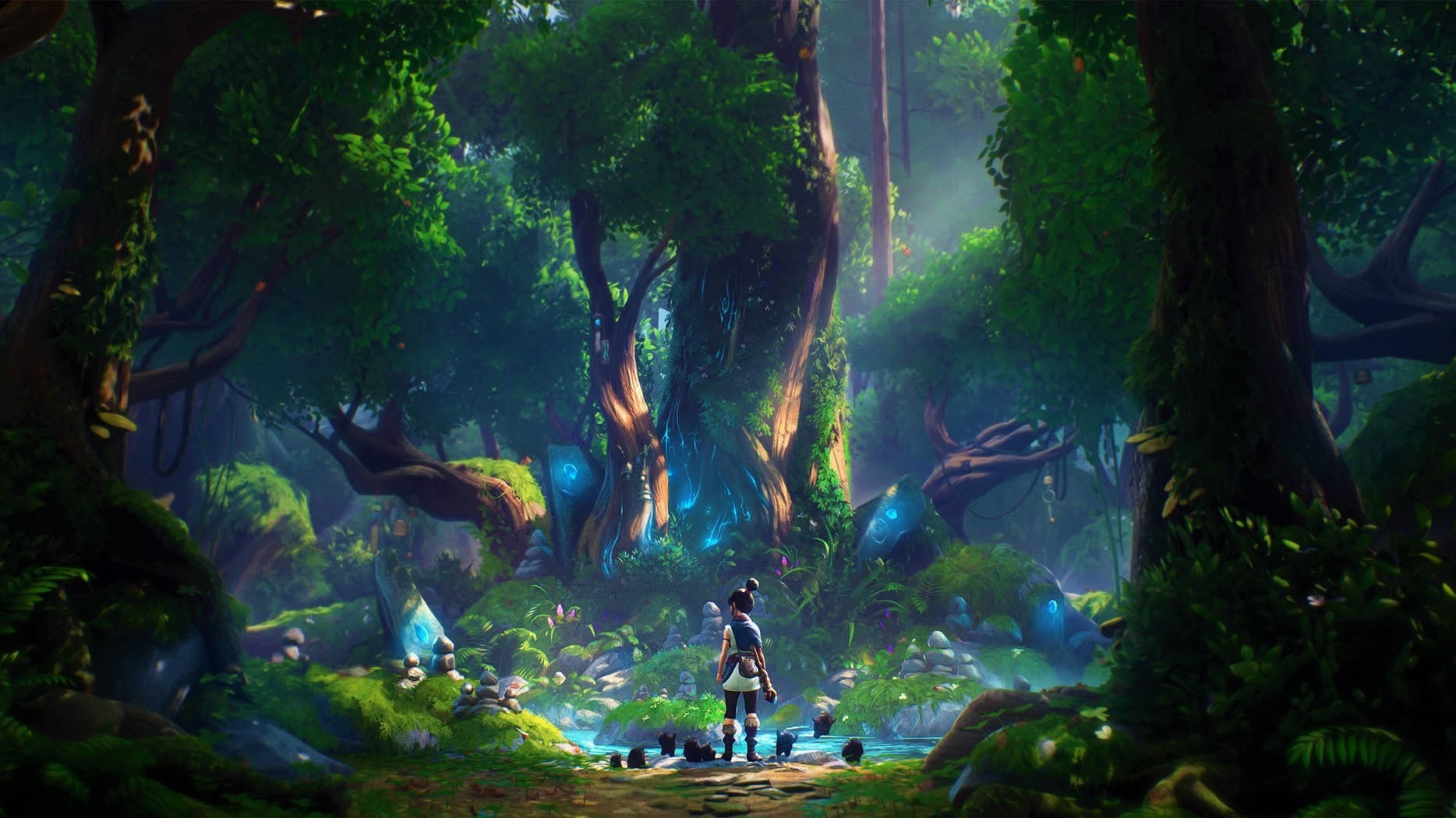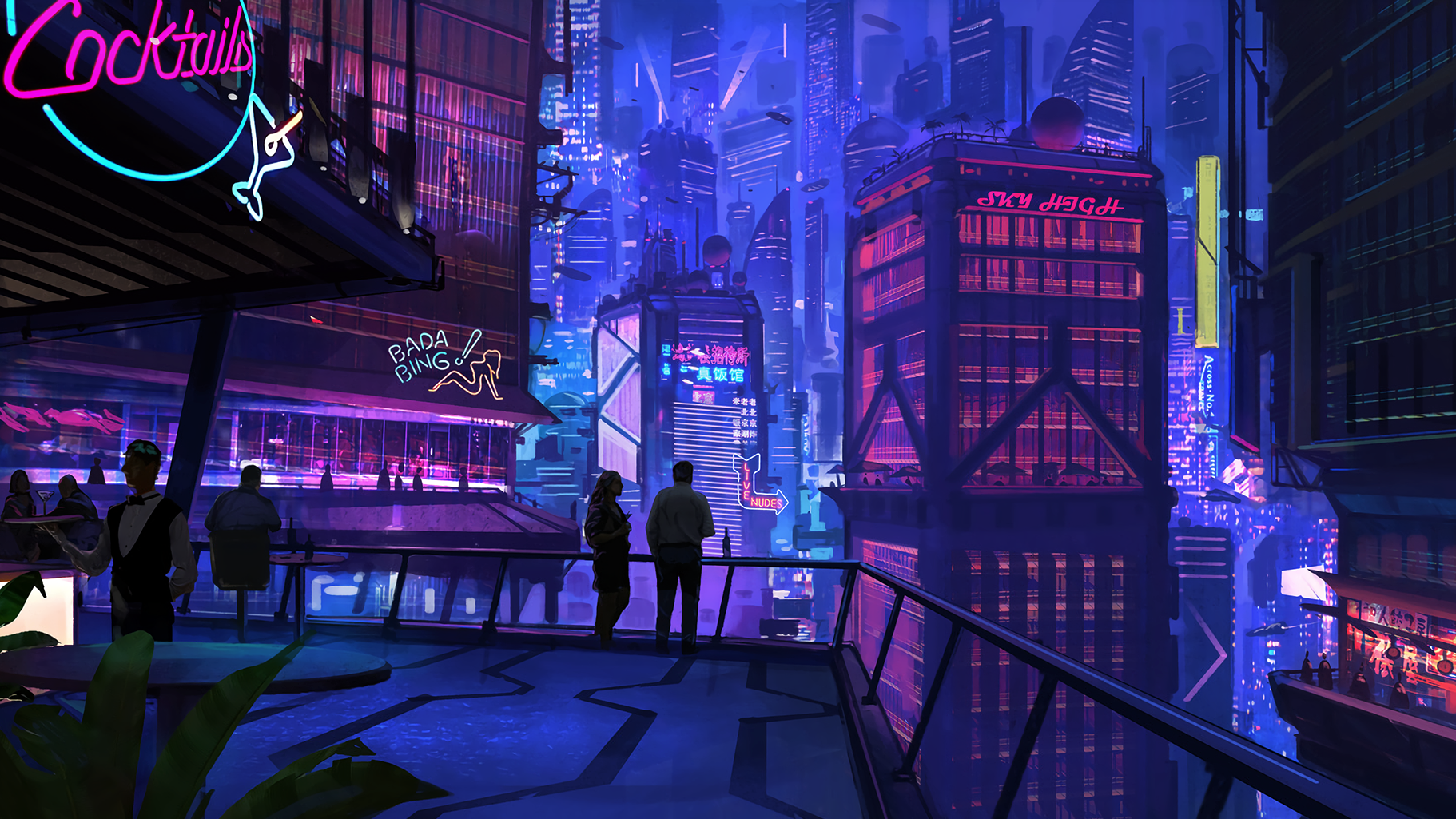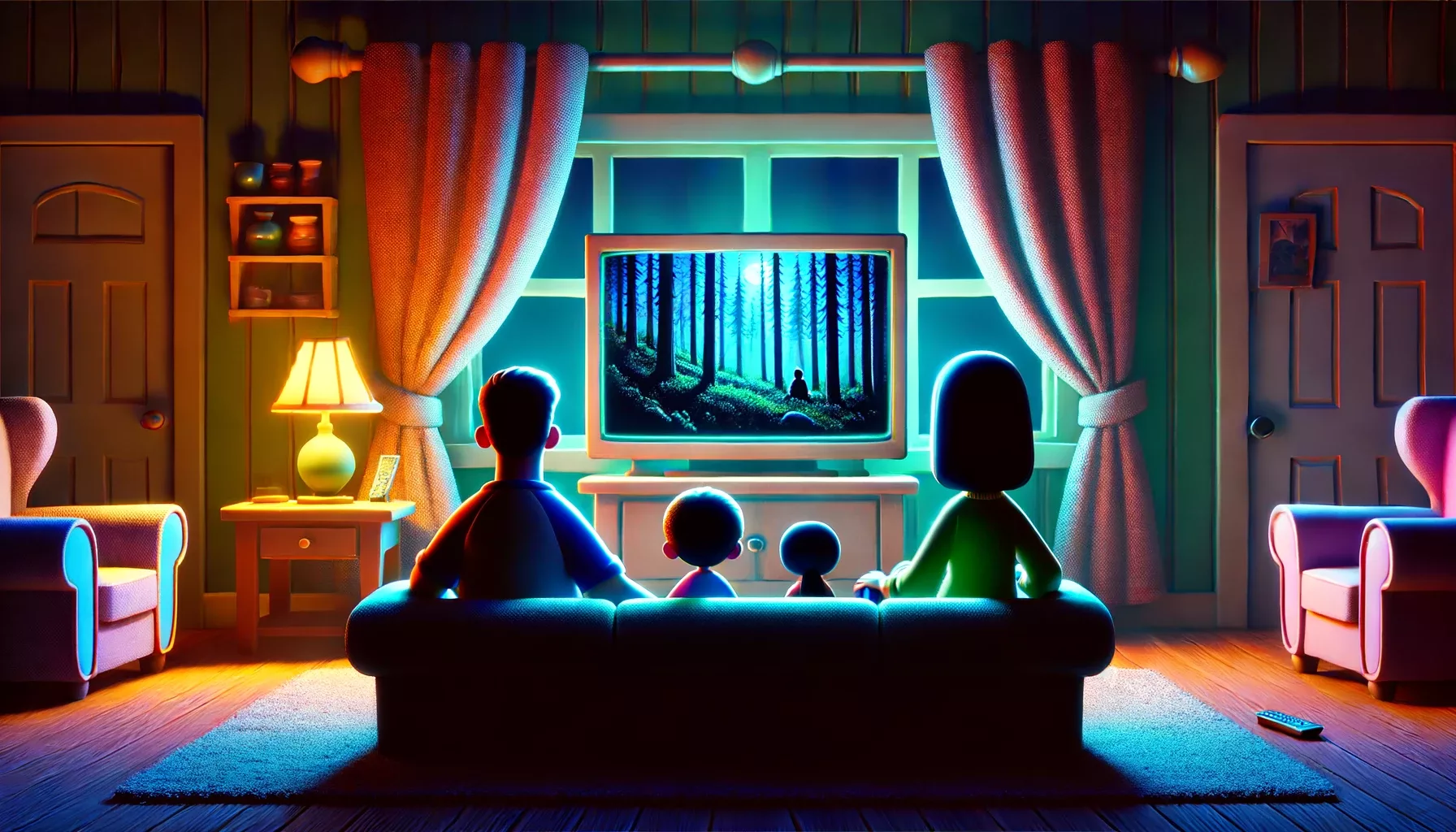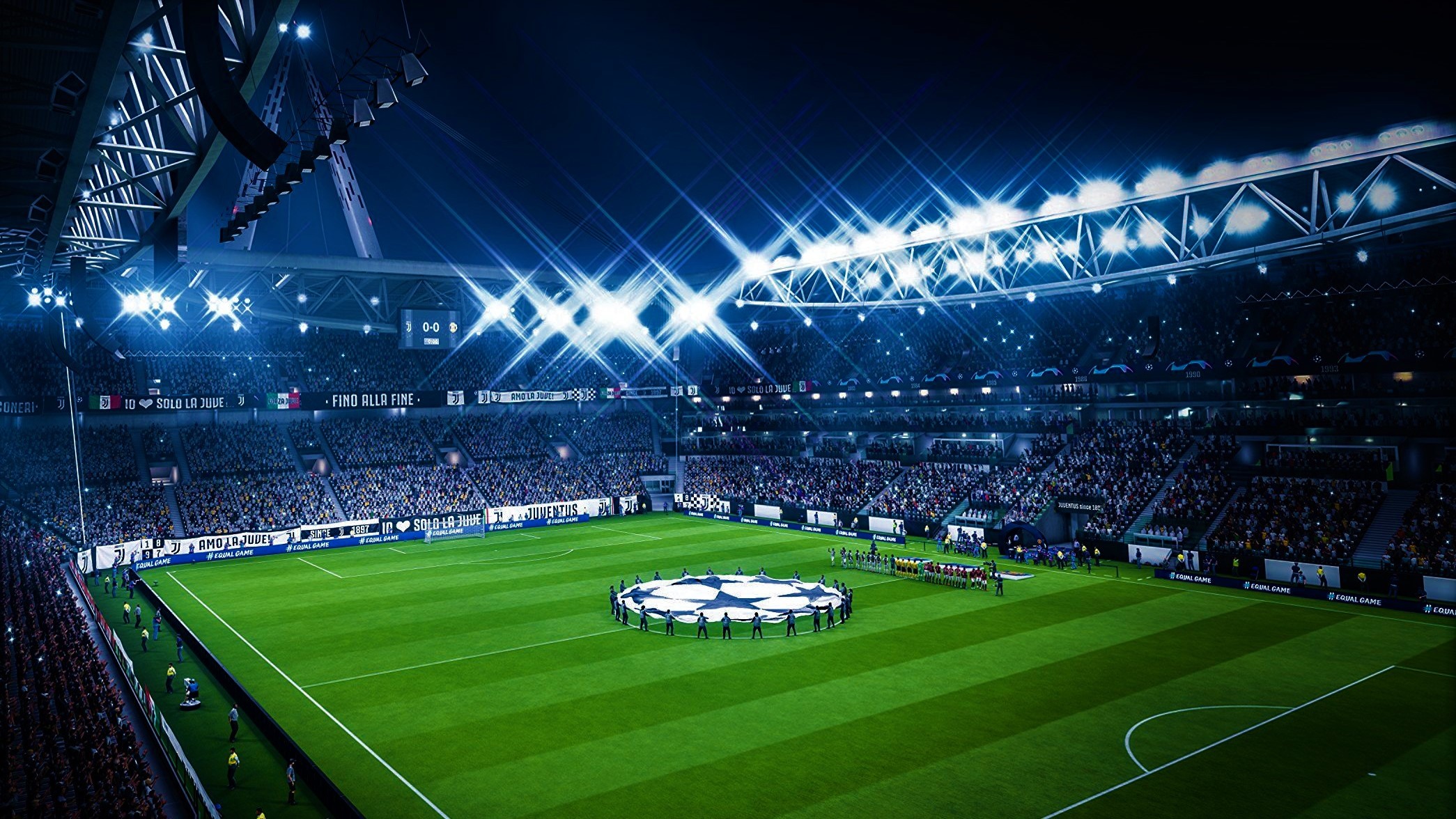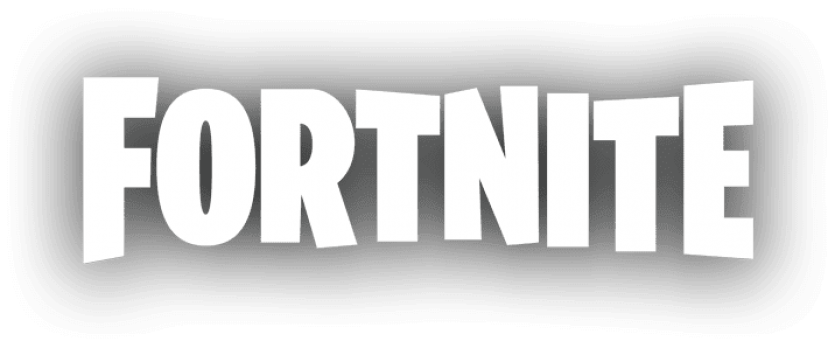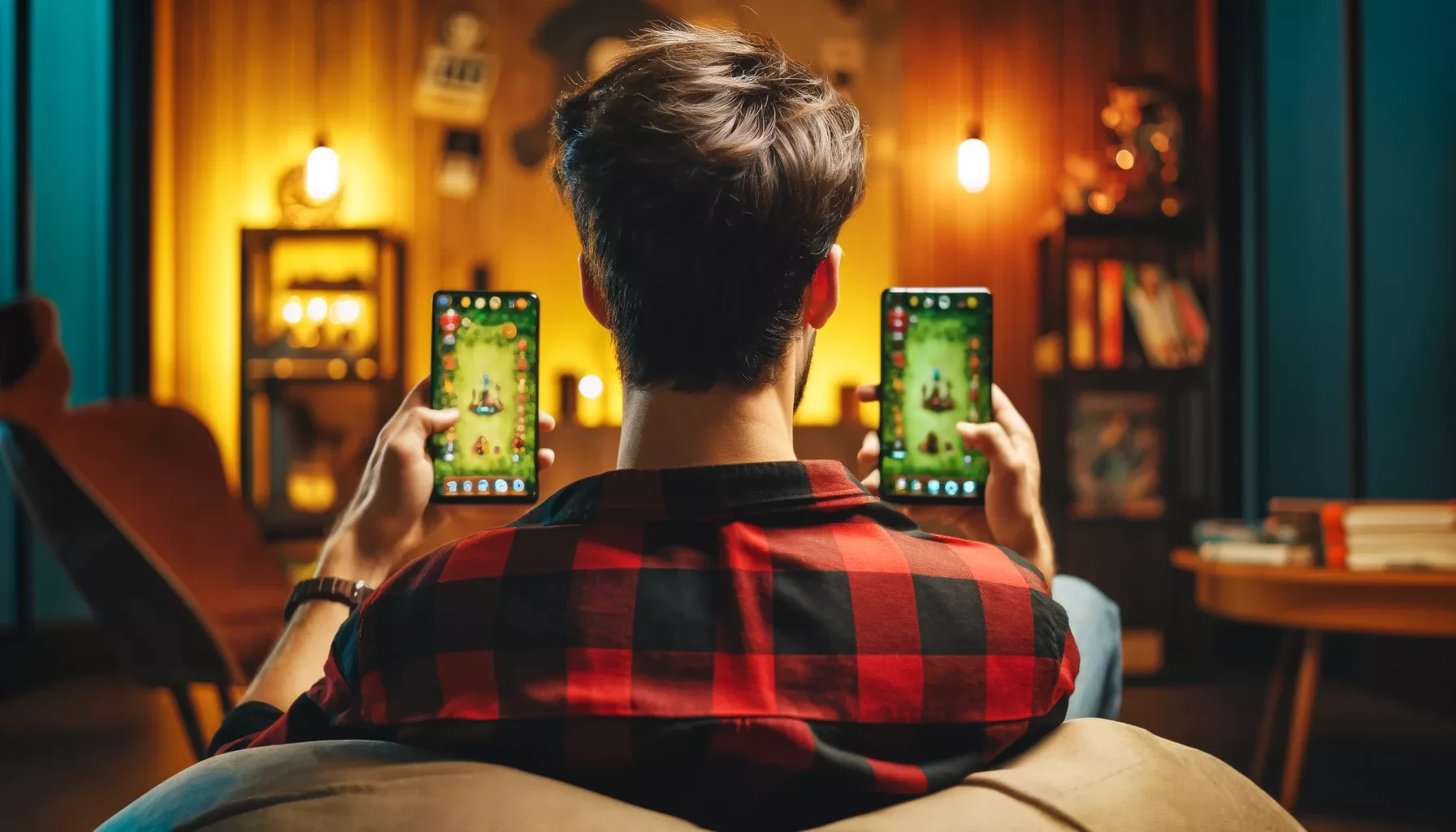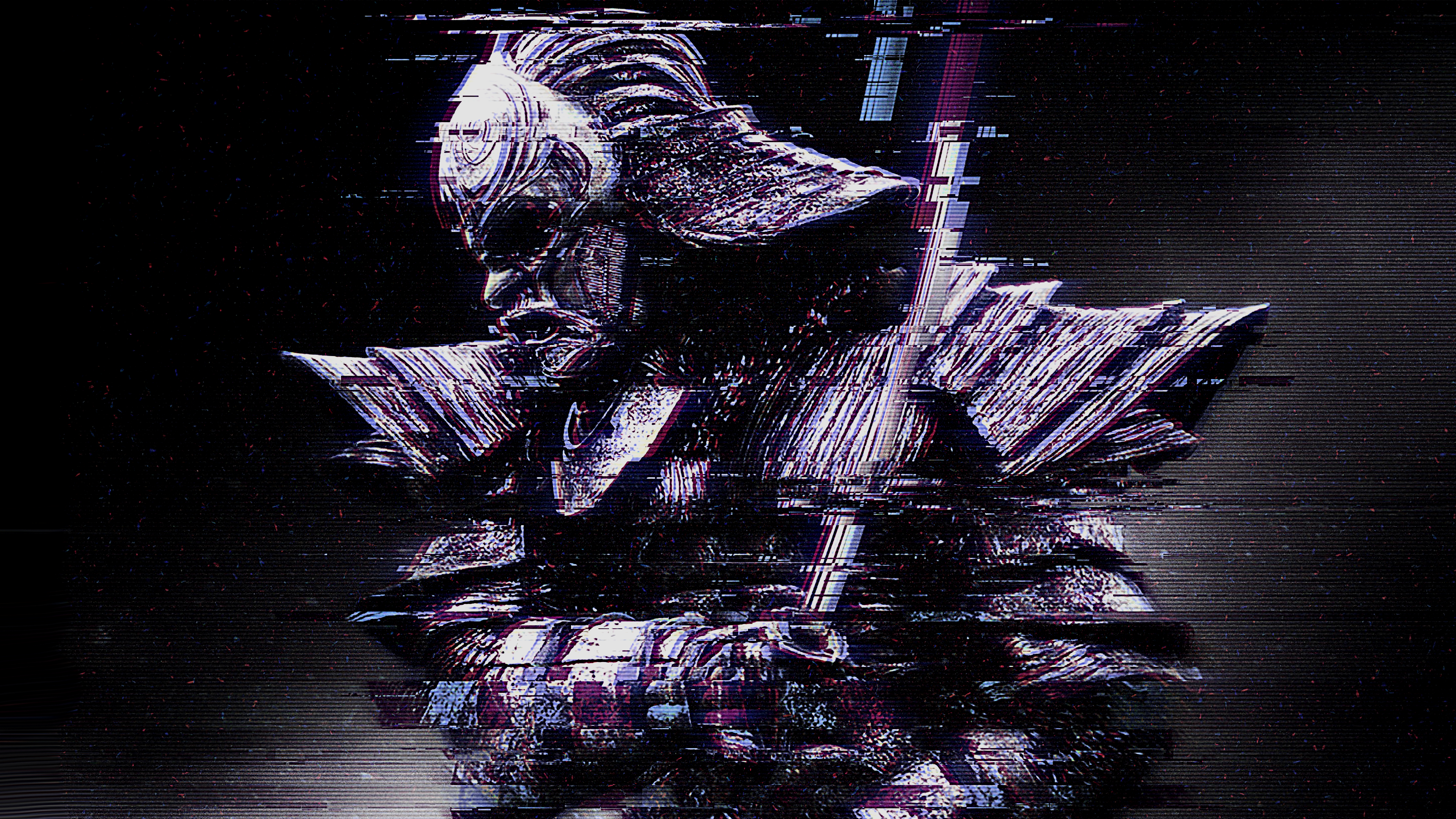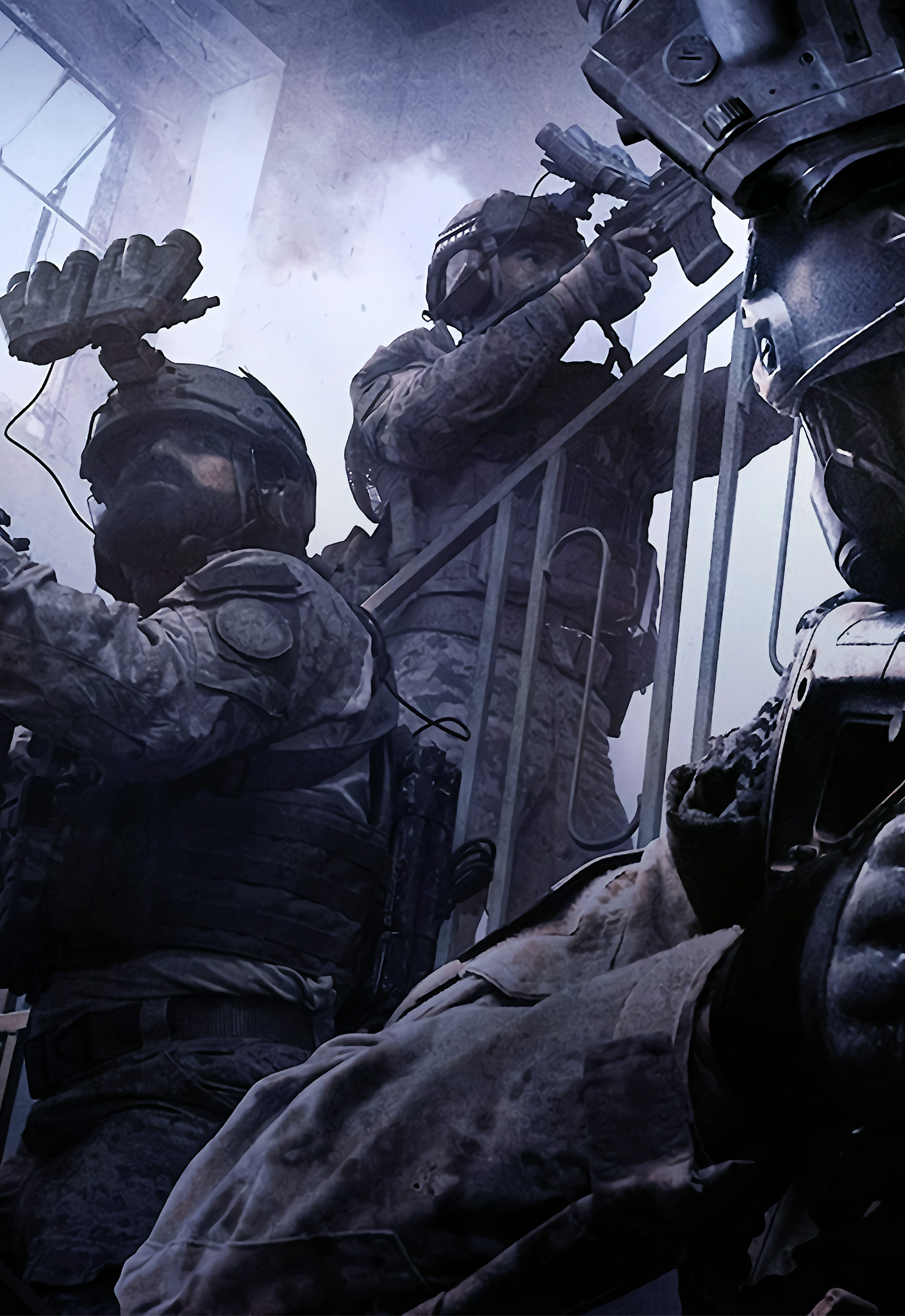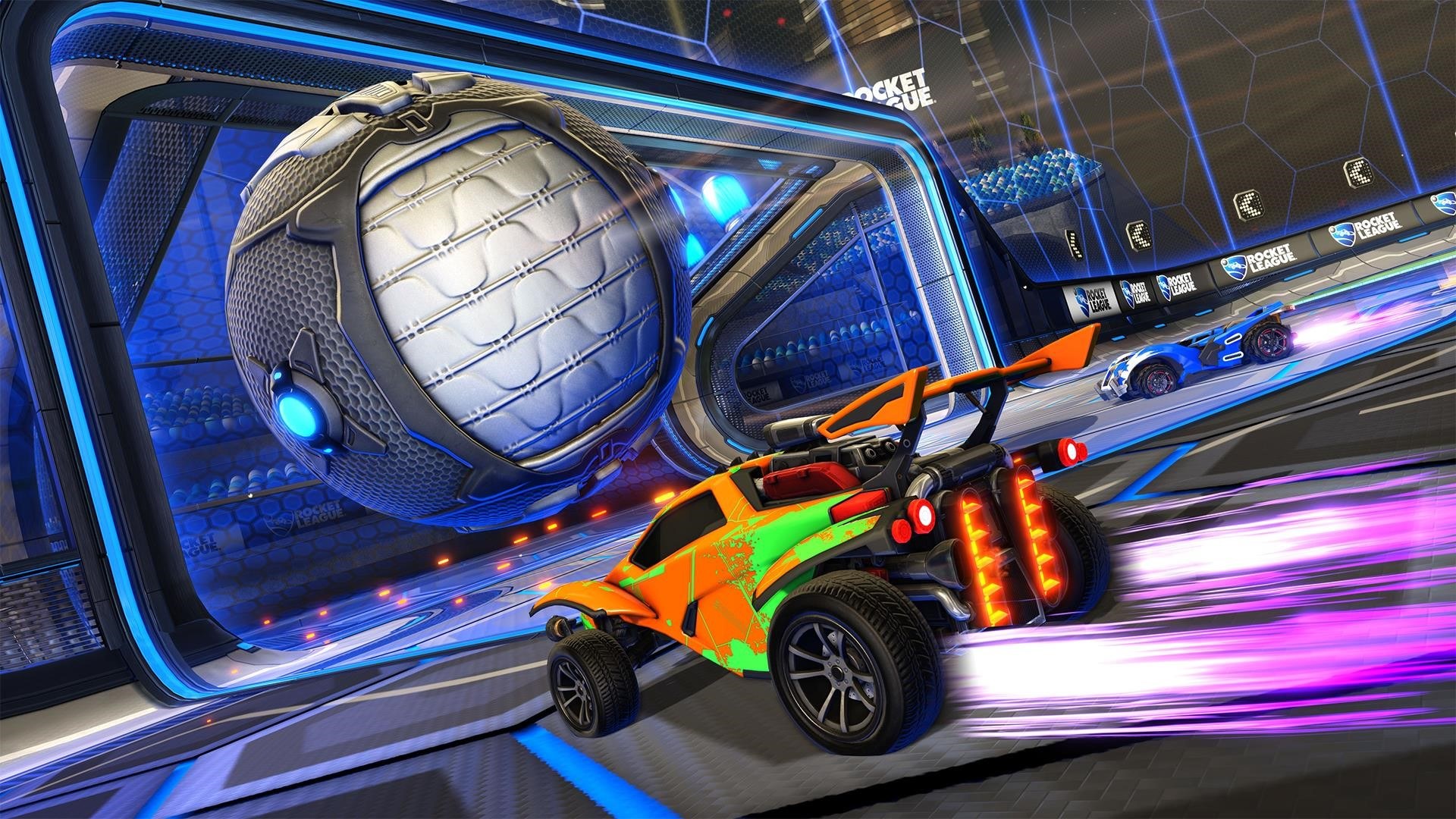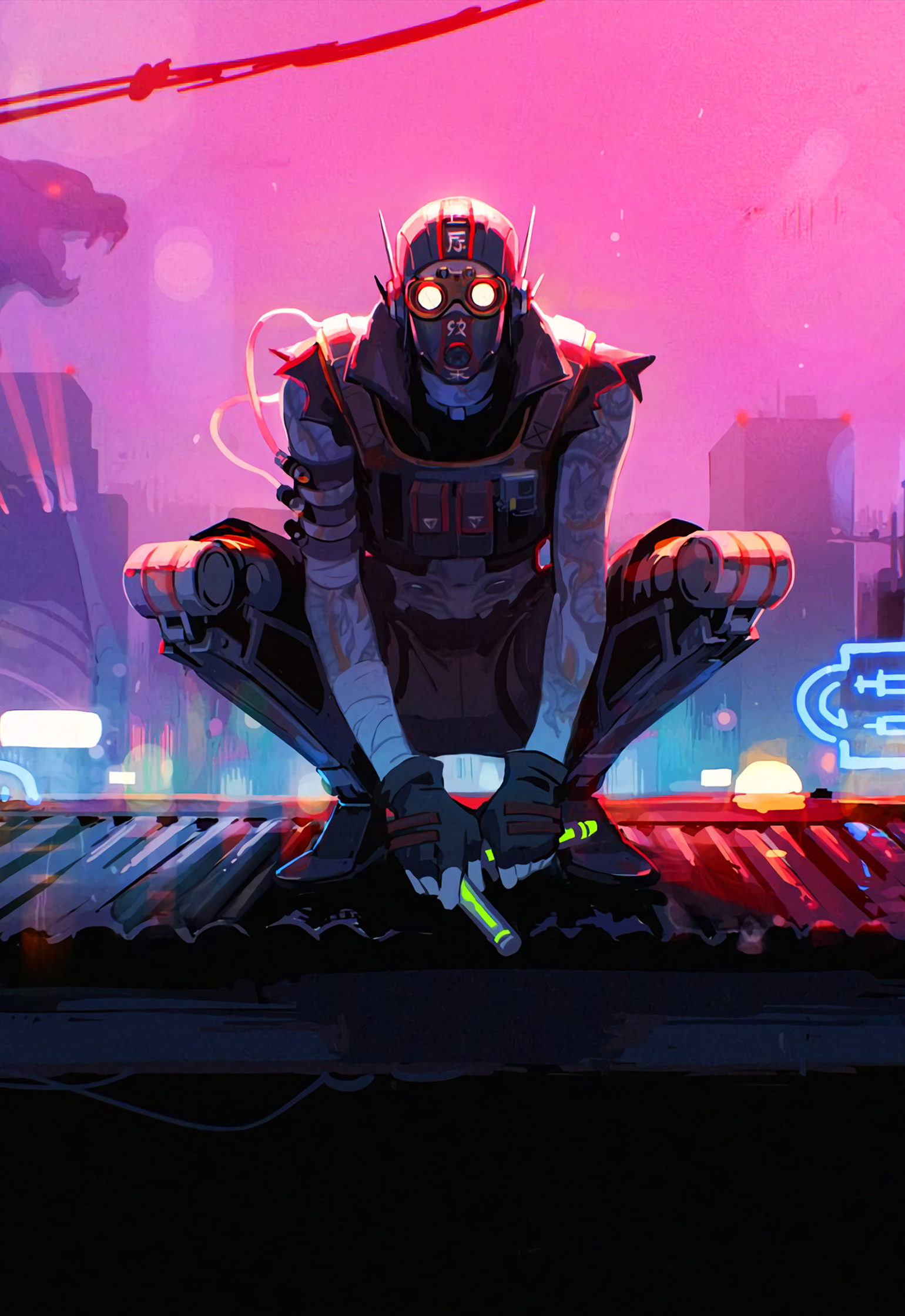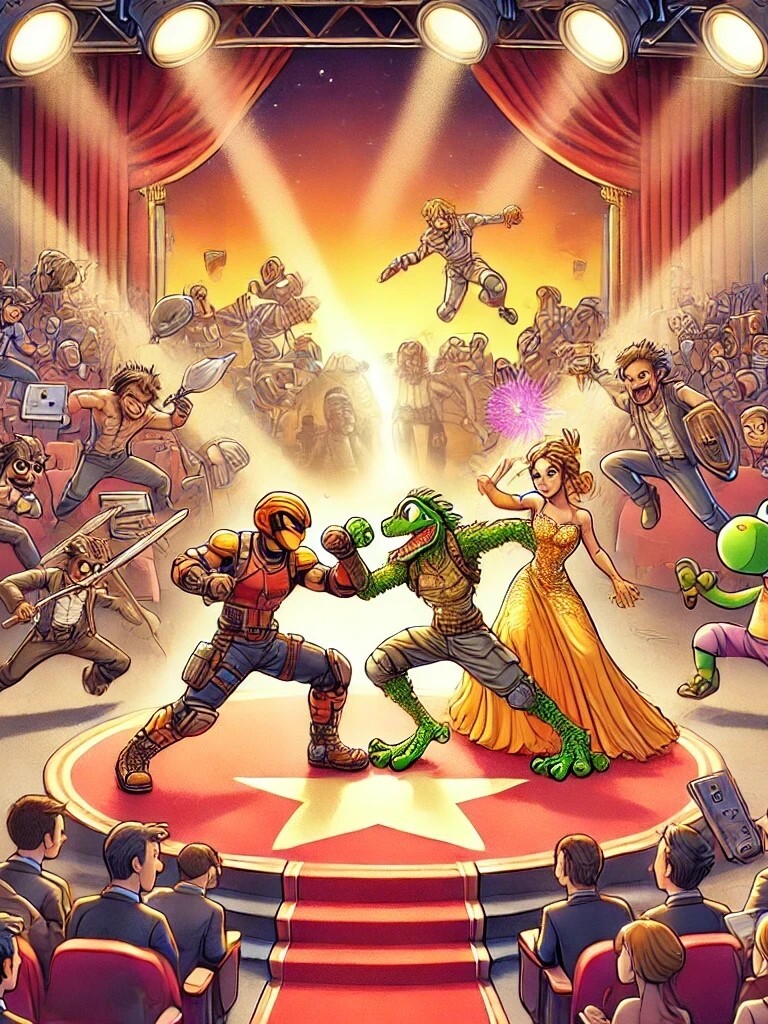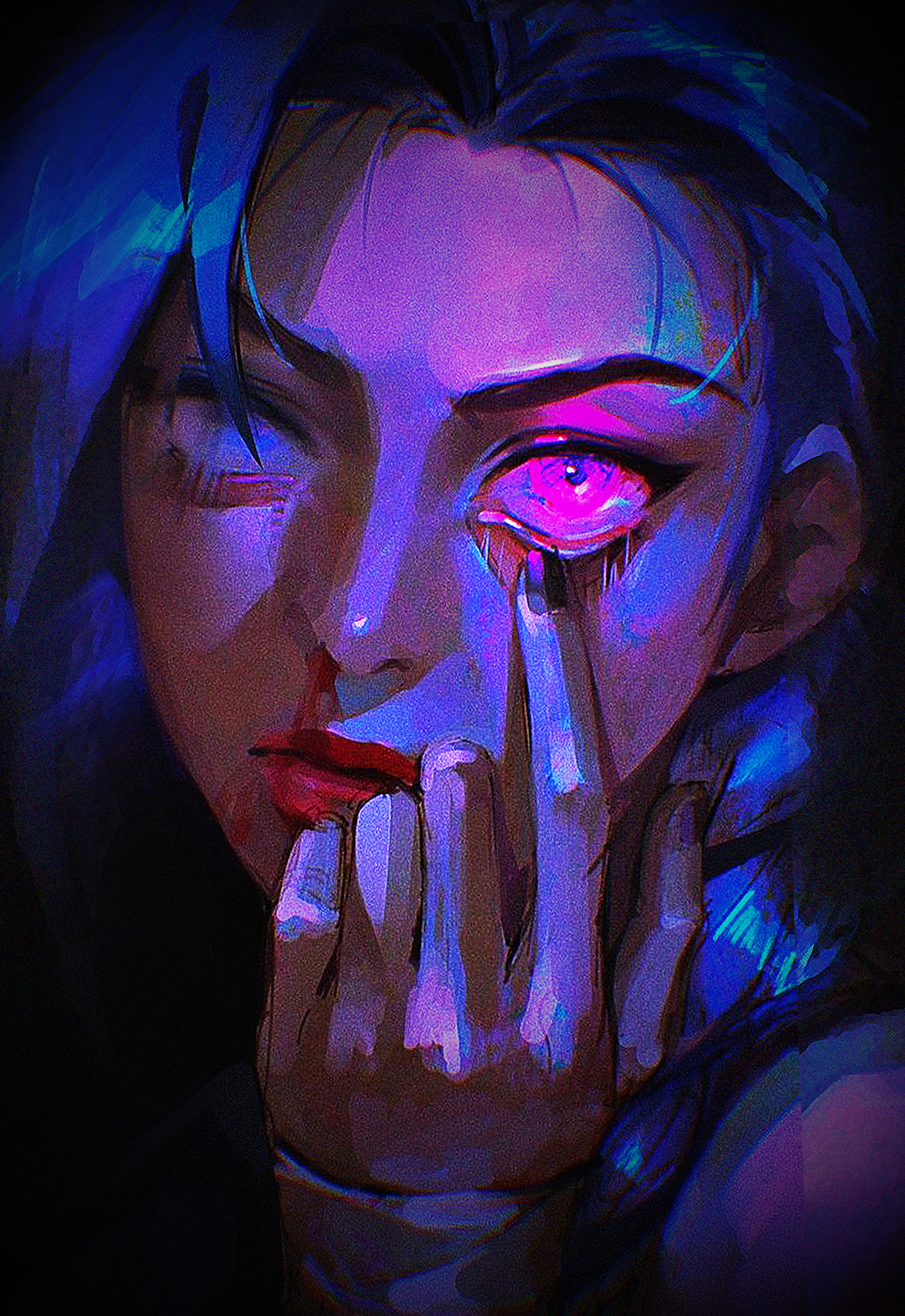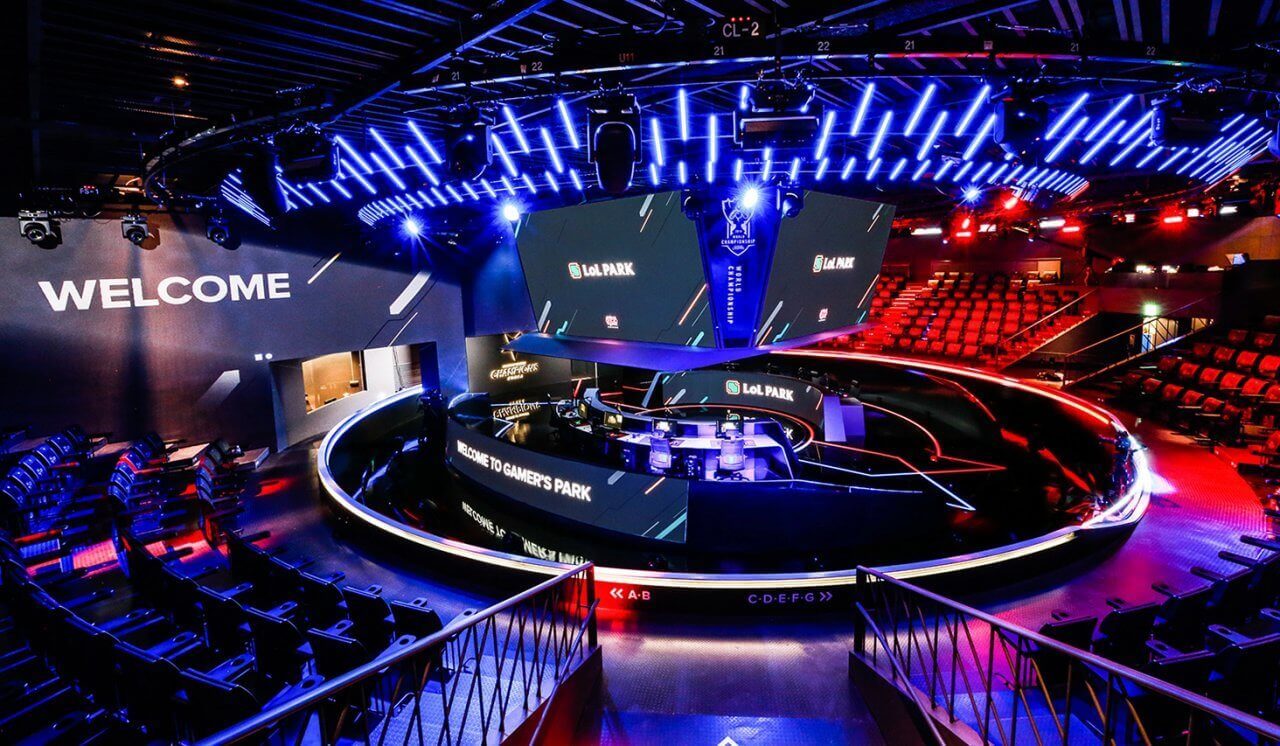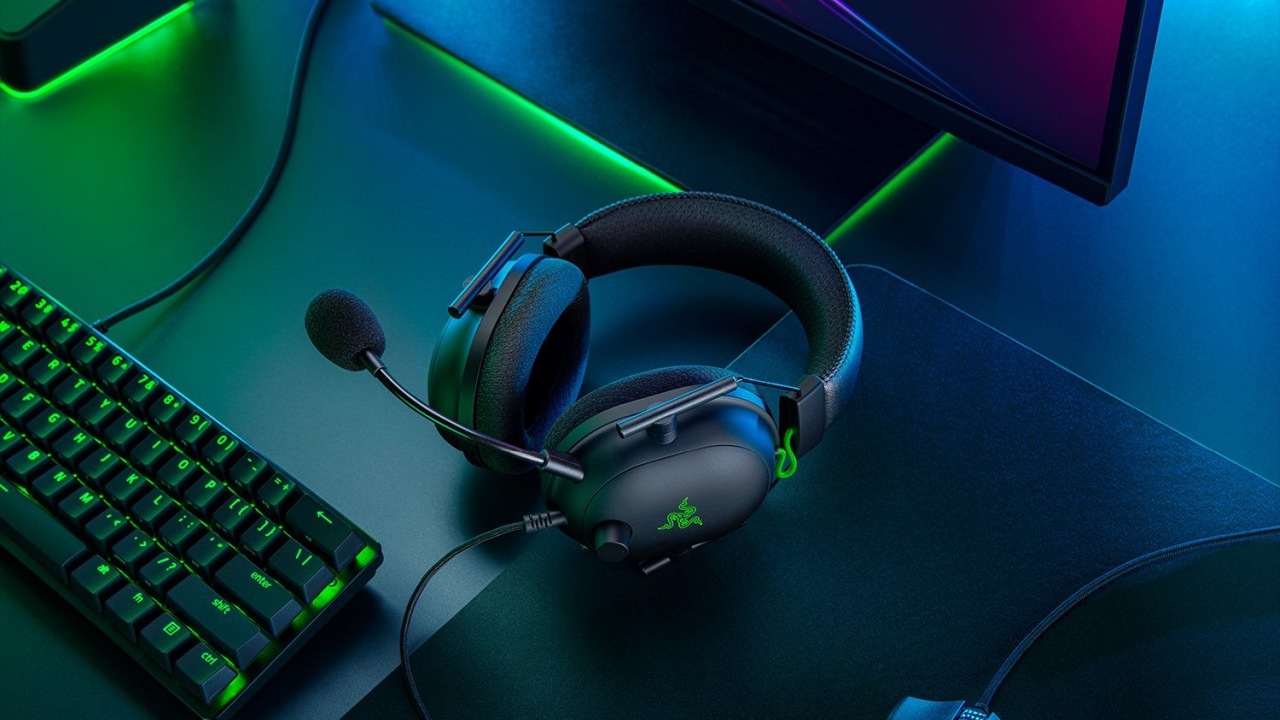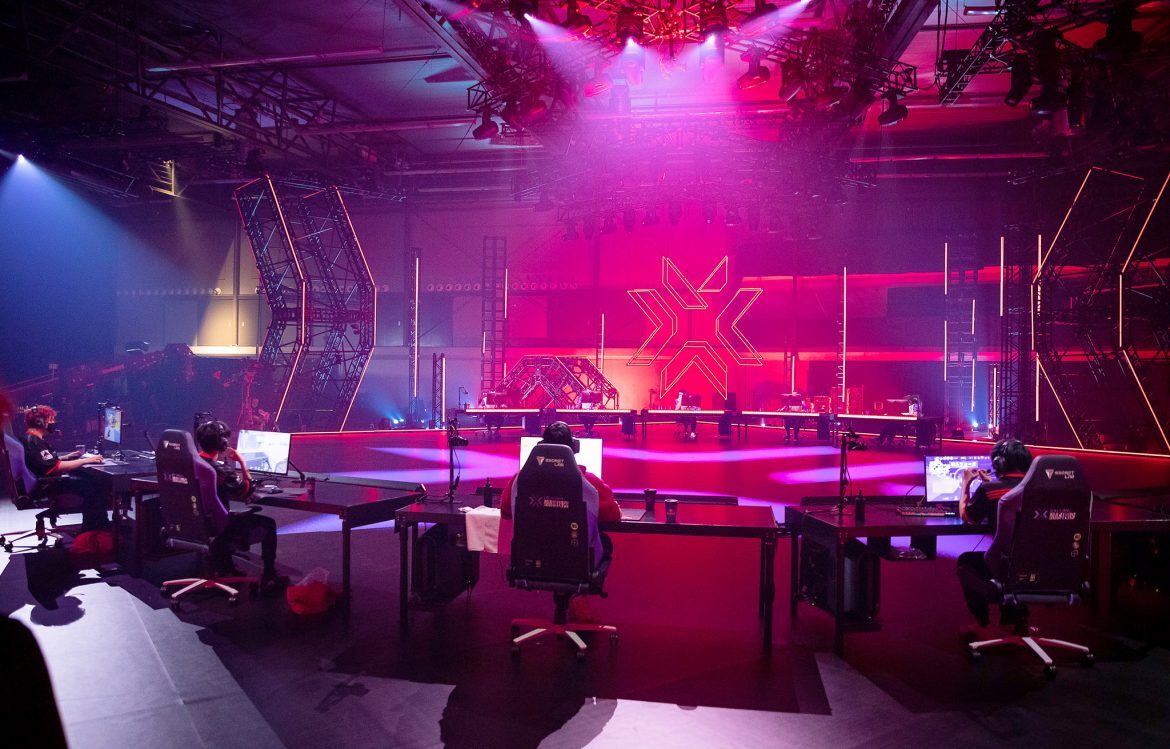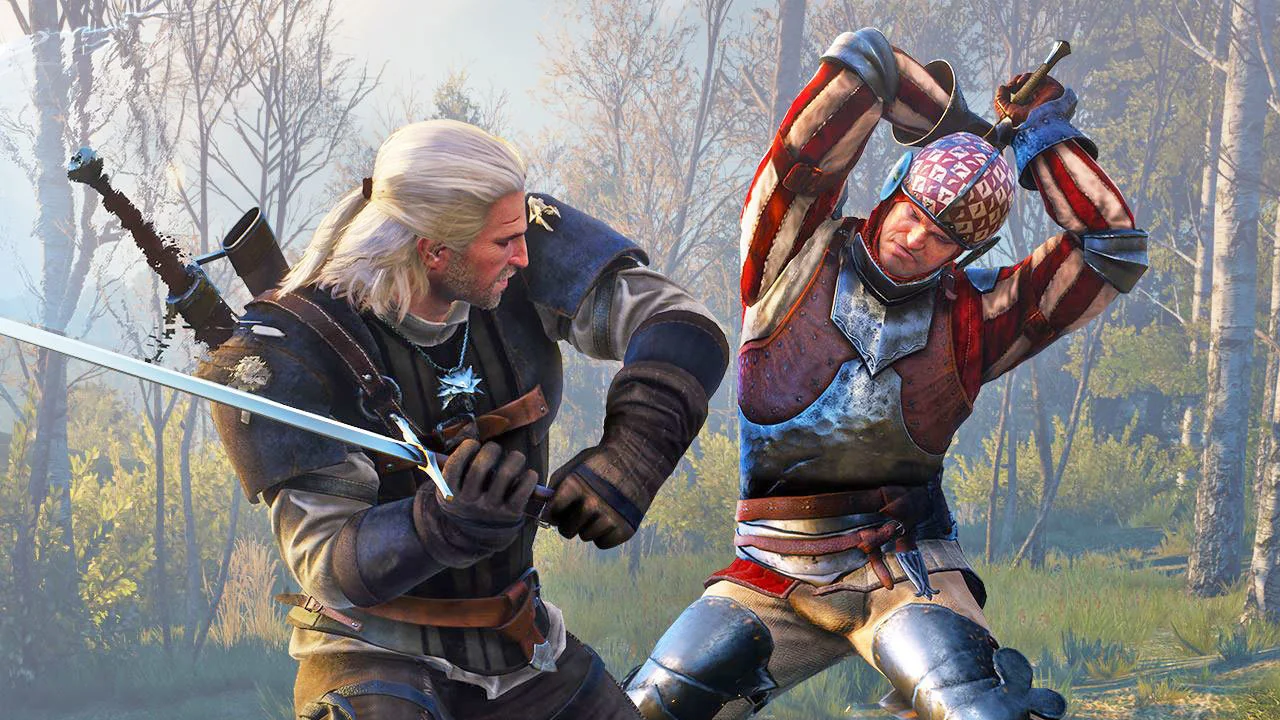Who’s got the moves? The White Wolf! Geralt’s swordplay in The Witcher series isn’t realistic – and that’s the point. We break down how books, gameplay, and mocap shaped his iconic style.

Fantasy Over Function: Geralt’s Unrealistic Technique
When you watch Geralt of Rivia unsheath his sword in The Witcher games, it’s hard not to be mesmerized. He pirouettes. He spins. He dances across the battlefield with elegance, slicing through monsters and men with a style that feels cinematic, and deeply satisfying to watch.
If you want to see a real example of Geralt’s style brought to life to visualize it, The Sword’s Path has an incredible video series that not only recreates his moves but also breaks them down alongside real historical European swordsmanship.
But while Geralt's stlye looks badass it’s also, by all accounts, unrealistic.
Ask any historical European martial arts (HEMA) practitioner or swordsmanship expert, and they’ll tell you: the way Geralt moves would get you killed in real life. Those wide arcs, theatrical spins, and flashy flourishes? In a real sword fight, they’d open you up to a dozen vulnerabilities.
Geralt may fight like a master monster hunter, but he certainly doesn’t fight like a real knight or fencer.
Yet that isn’t a failure of design – it’s a deliberate choice. Geralt’s fighting style isn’t meant to reflect historical reality. It’s designed to reflect him and be attuned to the needs of a video game.
In the following article, we explore the reasoning behind the distinctive combat style seen in The Witcher games.
The "Witcher Style"

While Geralt’s fighting technique is largely a fantasy creation, it draws partial inspiration from real-world historical sword styles — though exactly which ones remains open to interpretation.
In fact, one of Geralt’s more bizarre moves in the very first game – where Geralt holds the sword by the blade and strikes with the pommel to maximize impact on the opponent’s neck – is actually loosely based on a historical technique used to attack armored enemies. But even that historical inspiration is stylized for maximum visual flair.
It is speculated that the style draws inspiration from techniques of 15th-century German longsword fencing, as taught in manuals by masters like Johannes Liechtenauer.
The final style, as confirmed by the man resposible for Geralt's motion capture – Maciej Kwiatkowski, combines influences from Japanese kenjutsu, Chinese swordplay, Filipino martial arts, and even modern performance-based styles like XMA (Extreme Martial Arts).
The result is a deliberate fusion: rooted loosely in real historical systems, but stylized and exaggerated to fit the needs of a superhuman character.
Motions Close To Theater
Much of Geralt’s distinctive motion comes from stunt performer Maciej Kwiatkowski, who served as the motion capture actor for Geralt across all three Witcher games developed by CD Projekt RED.
In an interview with Gamepressure the stuntman explains the philosophy behind the character’s unique fighting style.
Kwiatkowski himself began sword training as a teenager, choreographing early Witcher-inspired moves with friends using real steel weapons.
Motion capture, says Kwiatkowski, is closer to theater than cinema.
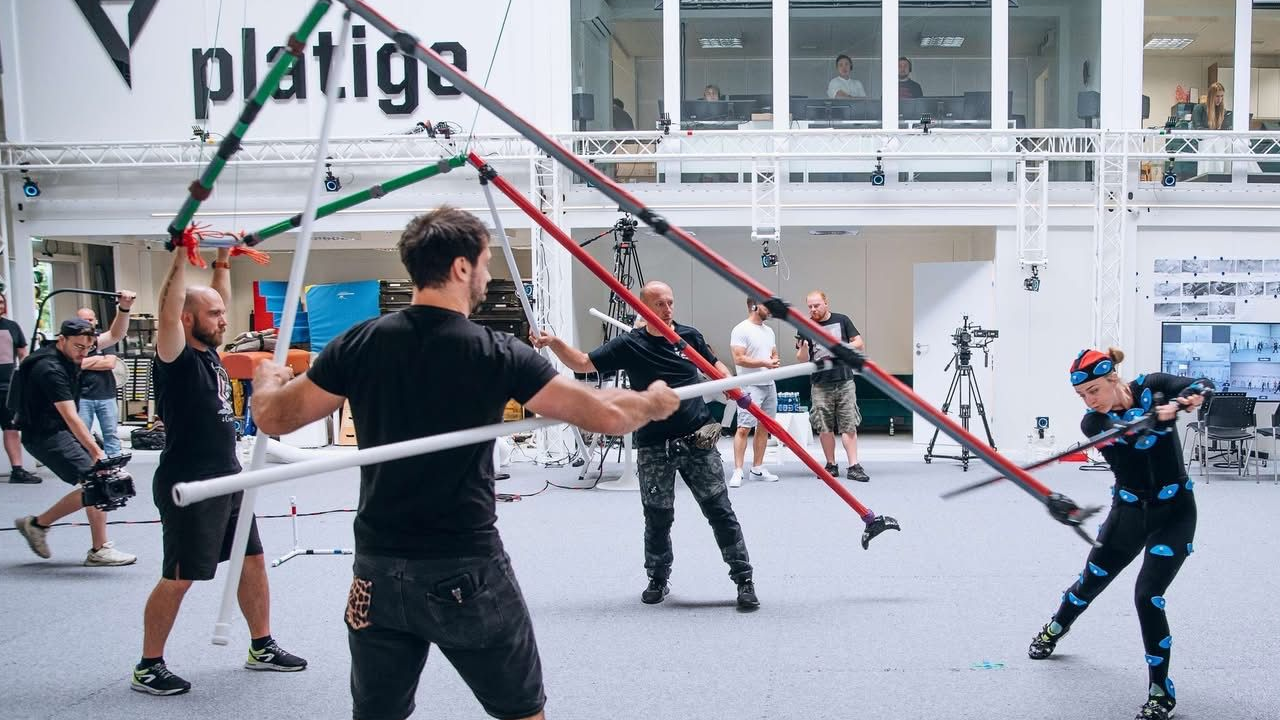
In theater, actors must project their gestures and emotions to reach an audience seated far away — similarly, in third-person games, players view characters from a distance.
Subtle, realistic movements that might work on a film set simply don’t translate well onscreen during gameplay. For this reason, sword swings, idle stances, and even breathing animations are deliberately exaggerated.
For example, making armor visibly rise and fall with Geralt’s breath requires actors to perform deep, forceful inhales that might resemble hyperventilation.
These broad gestures not only help players read the character’s actions but also support the animators, as “it’s easier for the animator to narrow down the movements rather than to make them bigger.”
“If we strip the combat of all these flashy moves, coolness and things that are mainly meant to evoke emotions, if we leave only those movements that are optimized, utilitarian to the extreme… then it just looks bad",
Kwiatkowski explained.
“Firstly, this is boring, secondly almost invisible, because the determinant of effective combat movement is that it will be invisible, very brief and unnoticed by the opponent.”
In other words, realism often fails to communicate visually in a game world.
An Unhuman Style
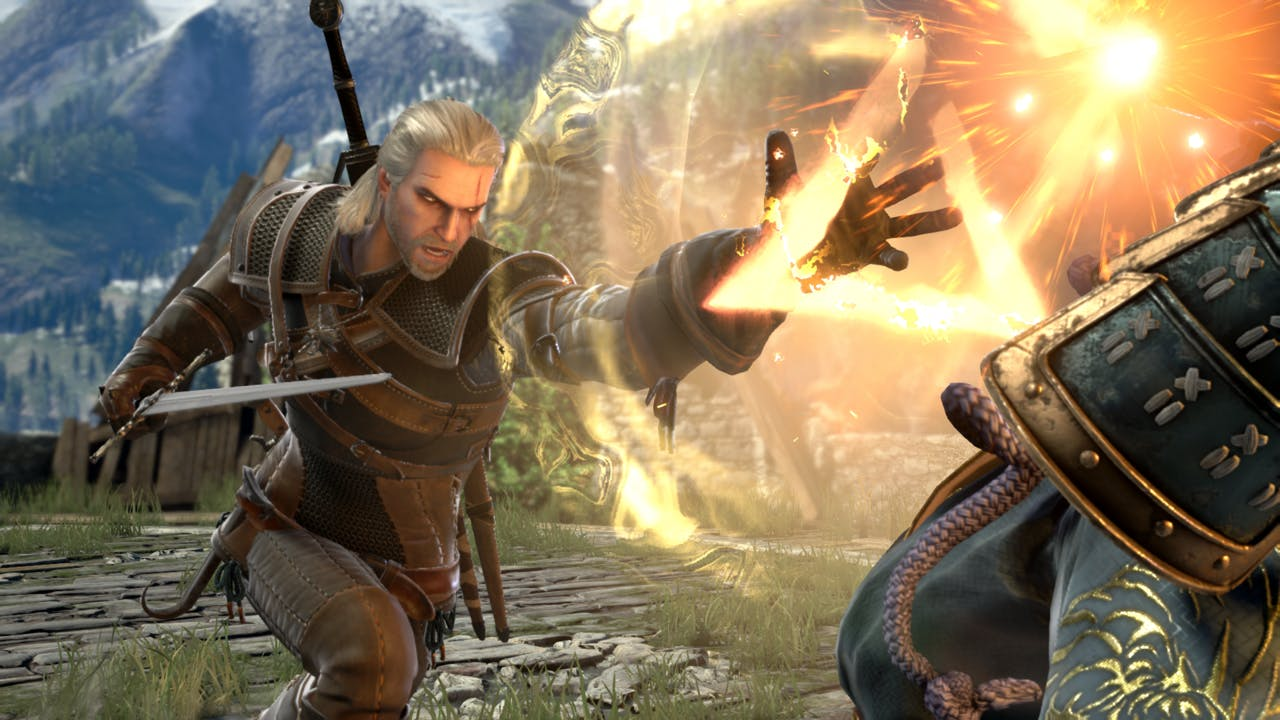
Geralt’s combat style isn’t just stylized for the sake of cinematic flair – it’s also a deliberate reflection of what he is: not fully human.
Actually, the infamous track “The Song of the Sword Dancer” was inspired by Geralt’s distinctive combat style, musically reflecting the elegance and rhythm of his graceful, dance-like movements in battle.
Geralt isn’t bound by the same physical laws as the average fighter. His mutated body moves with supernatural balance and speed, allowing him to fight in ways no normal human ever could.
This is central to how his combat is portrayed.
“Theoretically, they have no right to work. Because they should be used to fight against opponents who do not exist, performed by people whose capabilities significantly exceed those of ordinary humans.”
said Maciej Kwiatkowski in the interview.
The solution to portray moves the viewer wouldn't fully see in real time or be able to comprehend, then, was to lean into the unnatural – to create a style that looks too fluid, too precise, too unreal to belong to any mortal swordsman.
Artistic Vision Meets Technical Constraint
Of course, some of Geralt’s movement style also emerged from technical necessity.
Game animation involves compromises: limited animation memory, responsiveness to player inputs, and camera perspective all shape how combat can be represented.
The number of animations a game engine can handle – means that the animation team focuses on expressive, easily readable poses. A single motion must convey intention, power, and emotion.
Kwiatkowski has admitted that the team wanted to add more realism, like shifting weight after a missed blow, but engine limitations forced them to simplify.
“We would like the character to stumble occasionally,” Kwiatkowski admitted, “but we simply didn’t have room for that many animations.”
The Books Paved The Way
Interestingly, Geralt’s stylized swordplay isn’t an outright invention of the games – it’s rooted in Andrzej Sapkowski’s original novels. The books describe Geralt moving with uncanny fluidity, executing half-circles, off-rhythm footwork, and seamless spins in the middle of battle.
Descriptions of Geralt’s duels often highlight how strange he looks in motion. He doesn’t fight like a man – he fights like a dancer, a shadow, a ghost. Even experienced warriors in the books are unnerved by how fluidly and unpredictably he moves.
That stylization is faithful, not fanciful. The developers didn’t only invent a flashy style to entertain – they translated Geralt’s literary character into kinetic motion.
Built For Monsters, Not Men
Part of the justification for Geralt’s unorthodox style lies in his targets. Witchers are monster hunters, not soldiers.
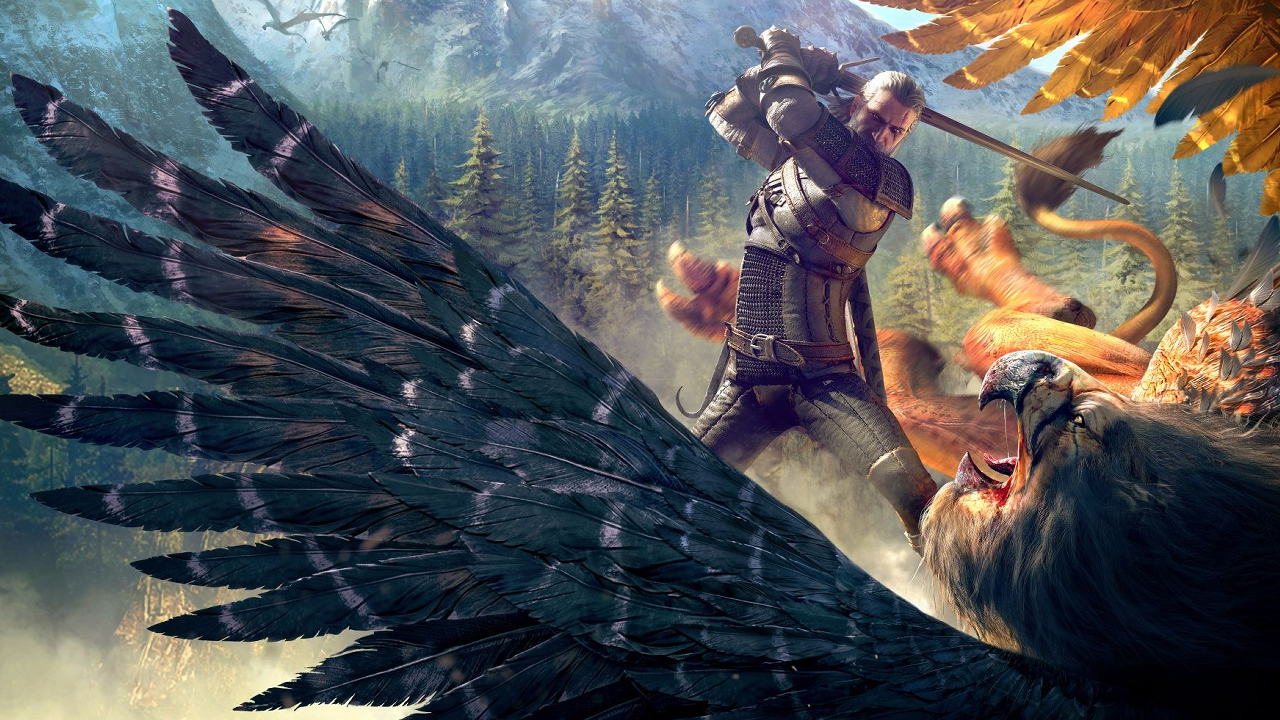
They aren’t trained for battlefield formations or human duels, but for unpredictable, chaotic fights against hulking beasts with claws, horns, venom, and magic.
To take down creatures with thick hides and massive reach, Witchers use large, momentum-driven swings – not tight fencing techniques. They rely on speed, surprise, and magical signs to break through monstrous defenses.
In that context, the exaggerated spins and wide arcs aren’t just cinematic indulgence – they represent large, sweeping attacks meant to penetrate inhuman defenses.
Against monsters, it works. Against people? Well, only because Geralt is superhuman.
Geralt The Dancer
So in conclusion, Geralt fights like a dancer, because he has to:
For motion capture, for gameplay, and for the story it tells. It reflects his speed, his training, and his otherness.
Because Geralt’s combat was never meant to be realistic. It was meant to be legendary.
...and easily recognizable of course.
